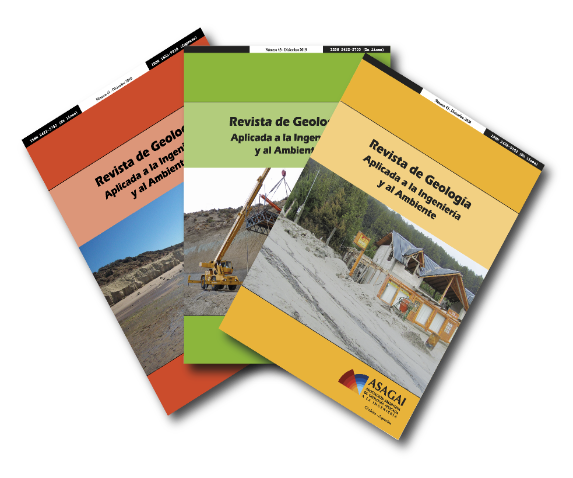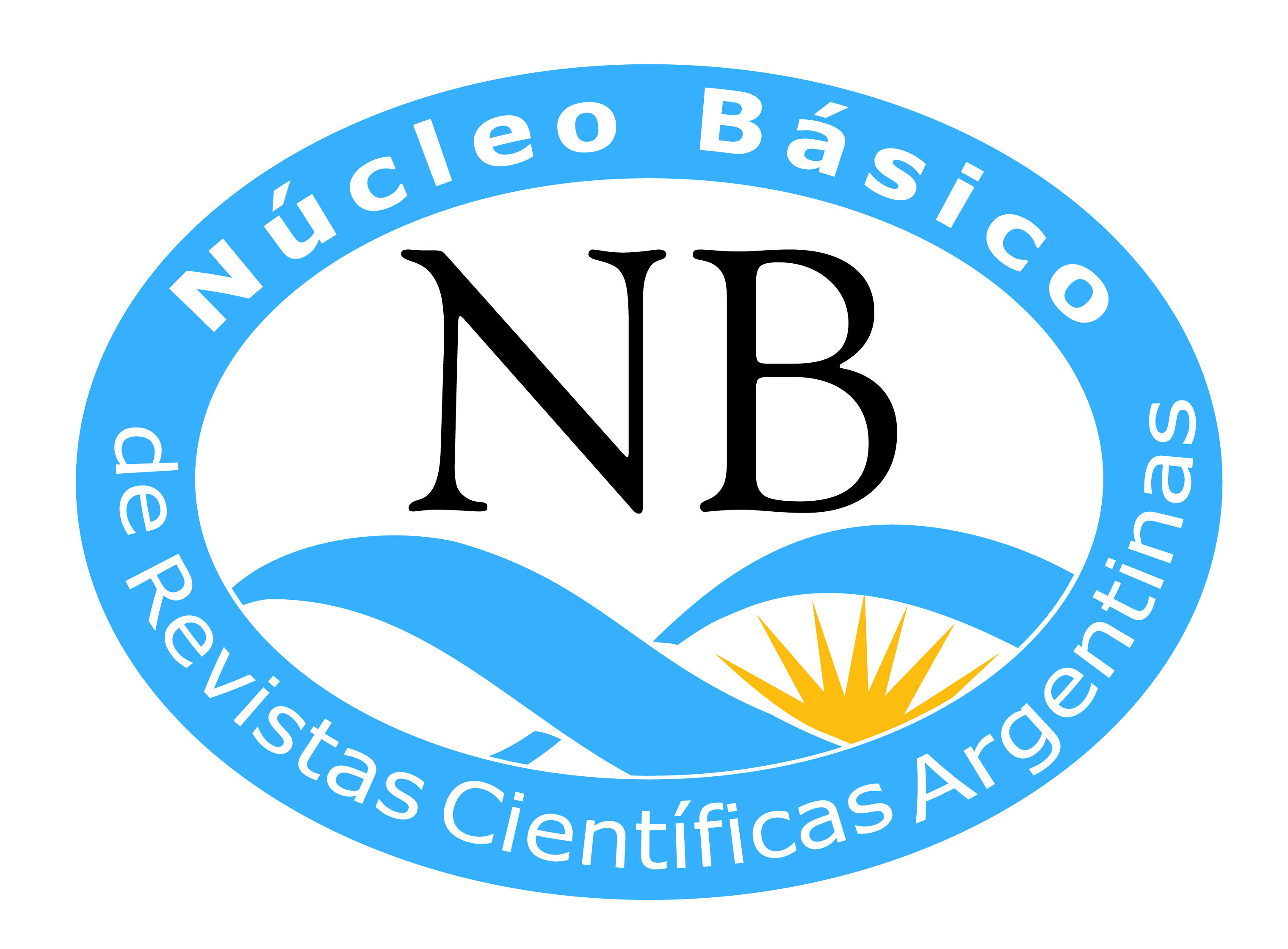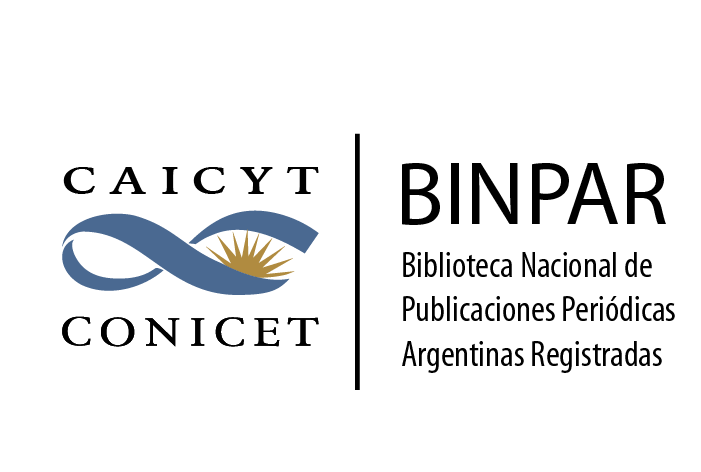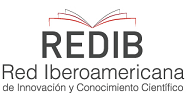La gestión del riesgo para enfrentar los mitos y realidades del calentamiento global antropogénico
Palabras clave:
Calentamiento global, cambio climático, antropogénico, variabilidad climática, gestión del riesgo.Resumen
Según el IPCC-4, el potencial destructivo del calentamiento global antropogénico (CGA), de mantenerse la tendencia actual,
es muy preocupante. De acuerdo con OMS y PNUD, las muertes anuales derivadas del CGA, combinando sus variables,
alcanzan 150.000, cifra inquietante, pero que debe validarse. Al comparar los 750.000 muertos y 152 millones de afectados
anualmente por otras amenazas naturales (sismos, volcanes, variabilidad climática, aludes torrenciales, El Niño-
LaNiña/ENOS, degradación de tierras), pareciera necesario redefinir los enfoques y prioridades respectivas. En cada país las
políticas y procesos preventivos, deben definirse según sus condiciones y especificidades, tomando en cuenta cómo puede
enfrentar la sociedad los extremos y si, al final, es ambiental y socioeconómicamente factible y admisible enfocarse en la
reducción de emisiones de CO2 y en la “adaptación” a una condición impuesta por los países más ricos e industrializados. Sin
duda, el CGA es una amenaza para el bienestar humano en el mediano y largo plazo, por lo que debe atenderse como
corresponde, pero no al costo de eclipsar la Gestión Integral del Riesgo y descuidar su tarea de reducir la vulnerabilidad en
general. La Adaptación al Cambio Climático debe verse como un complemento para enfrentar al CG antropogénico,
considerando el impulso político sin precedentes que ha recibido y aprovechando la oportunidad para captar recursos, resaltar
la bondad del conocimiento científico-tecnológico y enfocar la acción preventiva para reducir, retener y/o transferir el riesgo.
La reducción inteligente de la vulnerabilidad es, de todas formas, el mejor instrumento de “adaptación” ante cualquier riesgo.
Citas
GRAY, W. 2010.
Gross errors in the IPCC-AR4 report regarding past and future changes in global tropical cyclone activity
(a Noble Disgrace).
Science and Public Policy Institute. 122pp.
http://hurricane.atmos.colostate.edu/Includes/Documents/Publications/gray2011.pdf
HAYS, JD; IMBRIE, J; SHACKLETON; NJ; 1976.
Variations in the Earth's Orbit: Pacemaker of the Ice Ages;
Science 10 December 1976: Vol. 194 no. 4270 pp. 1121-1132; DOI: 10.1126/science.194.4270.1121
MORA, S.
Disasters are not natural: risk management, a tool for development.
Geological Society, London, Engineering Geology Special Publications 2009; v.22; p.101-112; doi10.1144/EGSP22.7
MORA S, ROUMAGNAC A, ASTE JP, CALAIS E, ZAHIBO N, SABORIO J, MARCELLO M, MILCE JE. 2010.
Multiple hazards assessment in Haiti.
Government of Haiti, World Bank, Inter-American Development Bank, United Nations system.65 pp.
http://gfdrr.org/docs/Haiti_Multi-Hazard_RiskAssessment_Report_EN.pdf;
http://www.iris.edu/hq/haiti_workshop/docs/Report-MULTIHAZARDS-HA-English-SergioMora-Final-Red.pdf
MORA, S. ET AL.
Multi-natural hazards assessment in Haiti. 2012. Phase 2: NATHAT 2. GoHA, the World Bank, GFDRR.
Three volumes (i. Regional analysis, ii. Natural hazards at the metropolitan area and selected neighborhoods,
Port-au-Prince, iii. Methodological guide for multi-hazards assessments). November 2011 (in final preparation)
MORA, S. 2010.
Disasters should not be the protagonists of Risk Management.
Keynote speech at the 11th International Congress, International Association of Engineering Geologist and
the Environment. Auckland, New Zealand. 2010. 18pp. http://www.iaeg2010.com/programmes/62;
https://docs.google.com/leaf?id=17RwGccg6rVVN_CWuUMLvJpi3GukpxPYa0-tGG28DCW5Jc9uxvQJMAwdb7J7&
hl=es&authkey=CLfgg6IP&pli=1; http://www.scribd.com/doc/40784124/Manejo-del-riesgo-
Sergio-Mora-geologo
MORA, S; KEIPI, K; 2006.
Disaster Risk Management in development projects: models and checklists.
Bull. Engineering Geology and the Environment (2006) 65:155-165. DOI 10-1007/s10064-005-0022-1;
http://www.springerlink.com/content/y56j7l5m73603441/
WILBY, R; MORA, S; ABDALLAH, A; ORTIZ, A. 2010.
Confronting climate variability and change in Djibouti through risk management.
Geologically Active - Williams et al. (eds). © 2010 Taylor & Francis Group, London, ISBN 978-0-415-60034-7.
th International Congress, International Association of Engineering Geology and the Environment; Auckland,
New Zealand. pp. 511-522.
Descargas
Publicado
Cómo citar
Número
Sección
Licencia
Los autores conservan los derechos de autor y garantizan a la revista el derecho de ser la primera publicación del trabajo licenciado según una licencia de atribución https://creativecommons.org/licenses/by-nc-sa/4.0/deed.es
La Revista permite a los autores mantener el derecho patrimonial sobre su obra sin restricciones. Los autores se reservan el permiso de publicar y/o almacenar la versión aceptada de su artículo en cualquier tipo de repositorio o colección con la condición de citar explícita y adecuadamente, cada vez que sea utilizado, la fuente original de primera publicación (Revista de Geología Aplicada a la Ingeniería y al Ambiente)
















